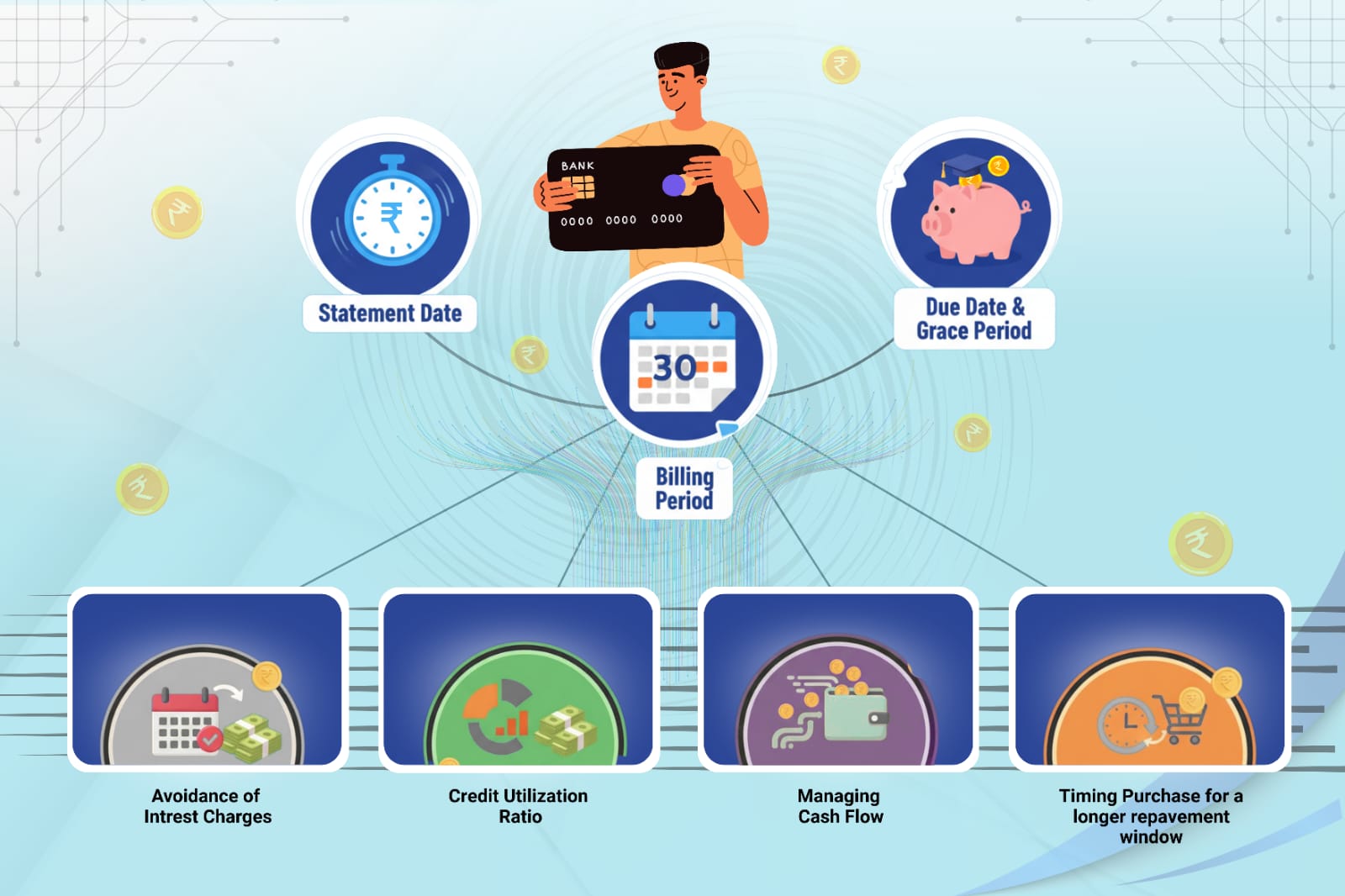 February 10, 2025
February 10, 2025
Ever wondered how your credit card statement is calculated each month? It all boils down to the billing cycle—a crucial concept that can help you manage your finances smarter.
A billing cycle is the timeframe during which your card activity is tracked. For instance, if your statement date is the 4th of each month, your billing cycle likely starts on the 5th of the previous month and ends on the 4th. Every swipe, withdrawal, or payment made during this window shows up on your monthly statement
The statement date marks the end of this cycle and the beginning of your financial reflection. Any transaction after this date rolls over to the next cycle.
Now, let’s talk payments. The Minimum Amount Due (MAD) is the smallest sum you must pay by the due date to avoid late fees and penalties. While paying just the MAD keeps your account in good standing, interest continues to build on any unpaid balance.
If you’re short on funds, paying the MAD helps you dodge late charges—but remember, it’s not a free pass. Interest still applies, so aim to clear your full balance whenever possible.
Understanding these mechanics empowers you to read your statement with confidence and make informed decisions. To stay ahead, always pay on time and keep tabs on your billing cycle—it’s the key to credit card mastery.